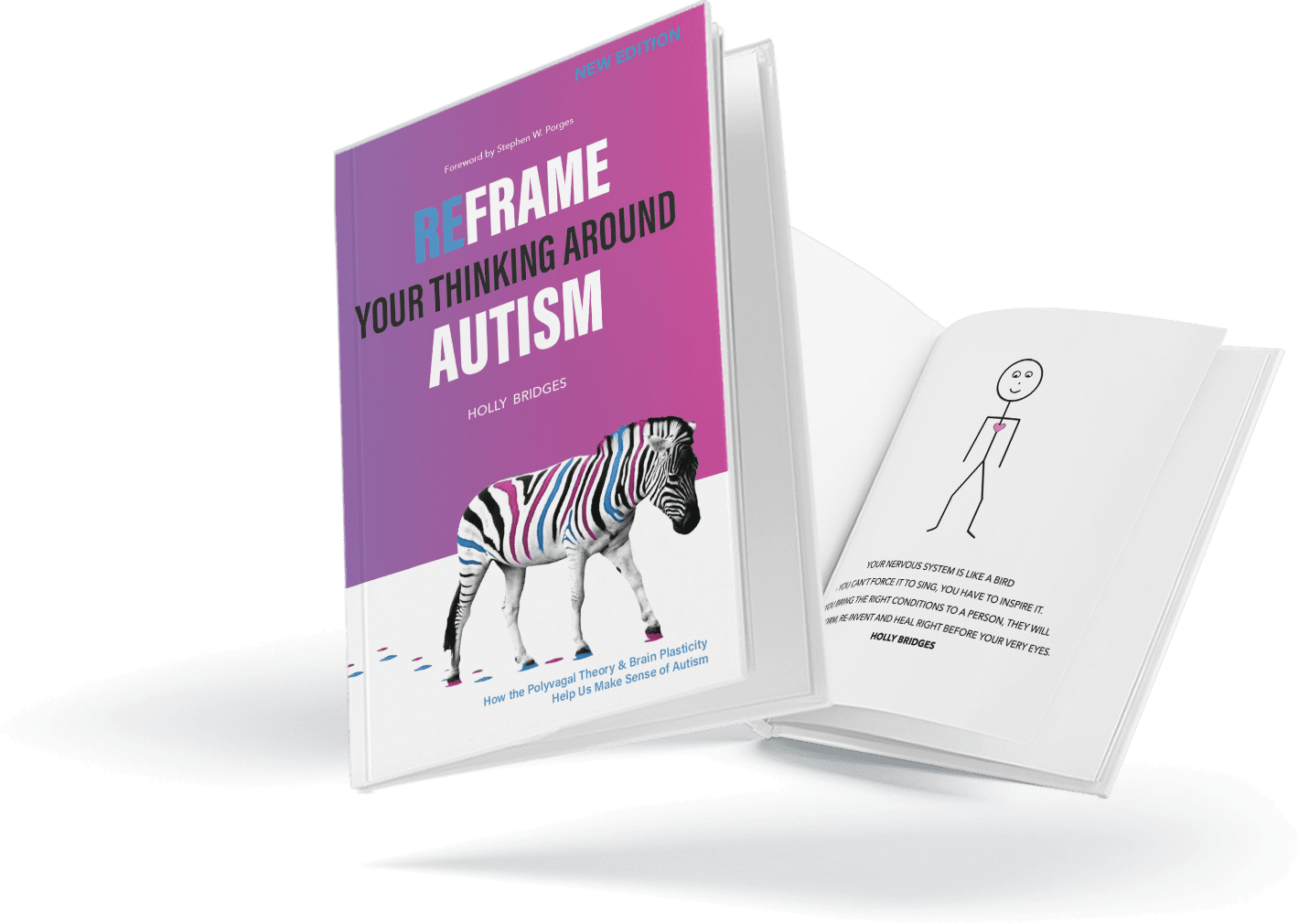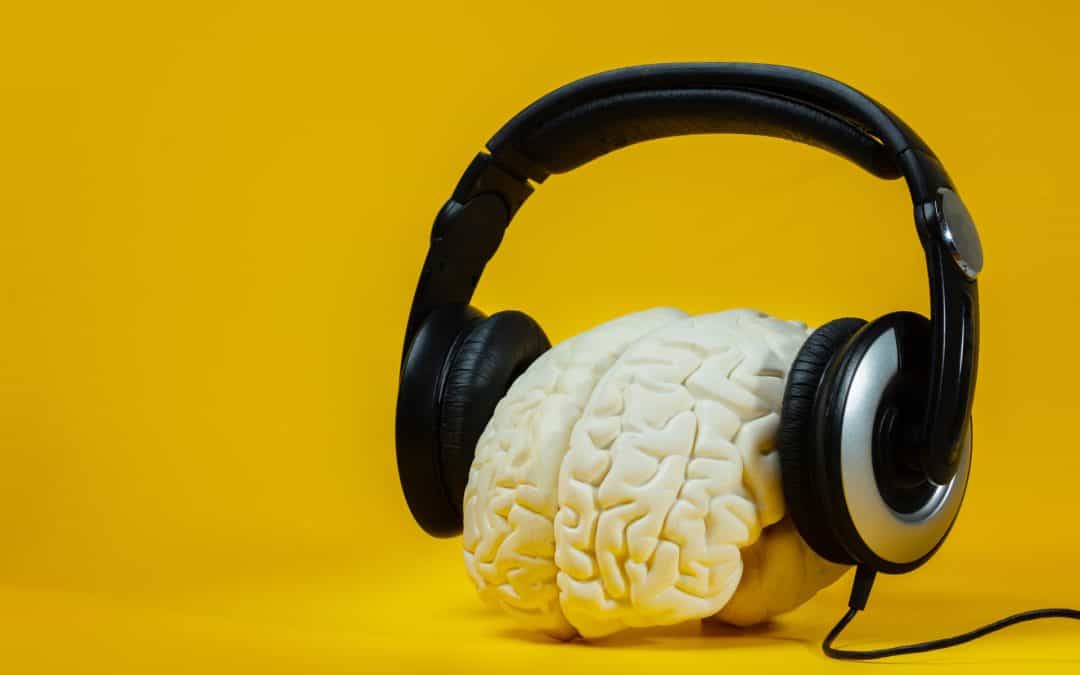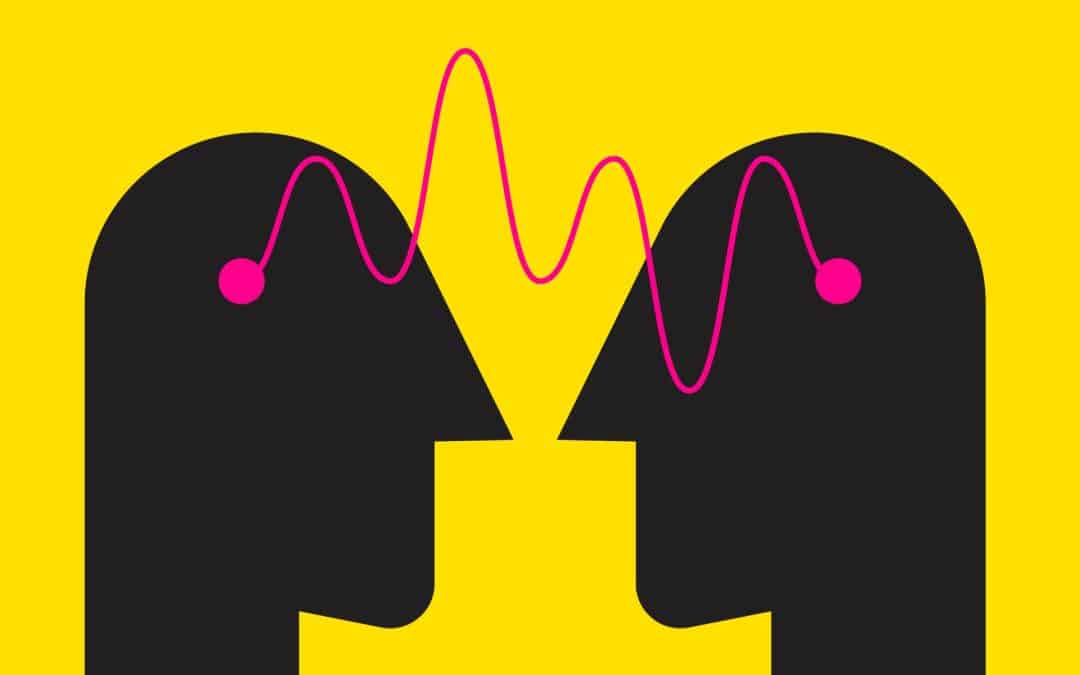It was a reminder of the core principles of my approach to improving the lives of those with autism and their families.
The Autism Reframe Technique (A.R.T.) is a process and toolkit to realise and sustain positive outcomes. It is a series of simple, but progressively more sophisticated tools and techniques to restore a connection between the brain and nervous system. The exercises are graded to the capacity of the student and we go as fast or slow as we need to, to ensure interest and integrated learning.
When we work from this perspective and begin to restore connection between awareness, the brain and nervous system – we steadily progress to greater and greater levels of resilience and self-mastery.
A recent article in the Psychiatric Times made a great point: most people don’t know how to understand neuroanatomy and neuroscience. This makes it hard for professionals (and lay people) to grasp the potential of brain plasticity and the polyvagal theory so they often dismiss the approach without recognising the amazing benefits.
The article suggests that there are ten reasons why they find it so challenging:
- The language is obscure
- The terminology is confusing.
- The brain is extraordinarily complex and we are finding out each successive year just how complex it is (only last year did we understand the immune system is in the brain!)
- It is hard to visualise the brain in 3D and appreciate the structural features and then relate them to other structural features in the nervous system. People just can’t get their head around it.
- Looking at the brain is like looking at the Universe. The more you look at it the deeper you are drawn in, the greater the complexity. People get lost.
- All brains are different. Brains have common features but no two brains are the same. You have to be much more creative if you take each person individually.
- It requires intuition. Neuroanatomy is about spatial information and narratives. It is an unfolding story and requires a new way of thinking. Autistic people are much better at this; it’s why they are often so progressive.
- The material is often presented in first level organisation, maps and schematic information; this makes it hard to think and learn creatively.
- Practitioners are stuck in an old model of mass or ‘herd’ diagnosis; they have been taught by science to put people in groups. But we are finding out with neuroscience just how impractical that is when you are dealing with individual differences in the brain.
- Practitioners often lack the ability to understand, blend and form a therapeutic connection between the structural understanding of the brain processes to how behaviours manifests in things like Autism, Parkinson’s, Anxiety and Panic disorders.





